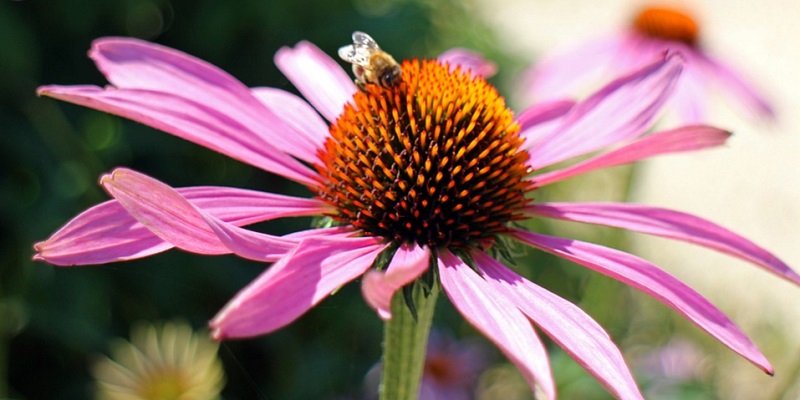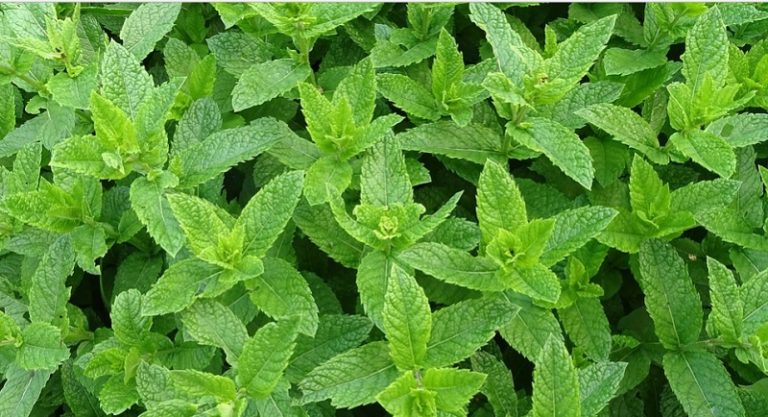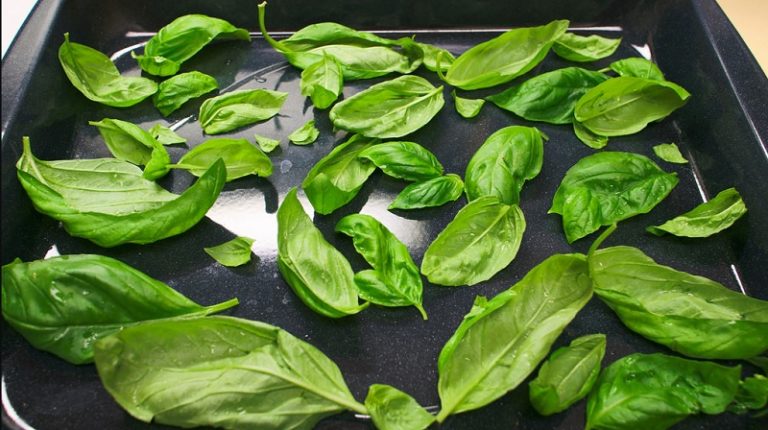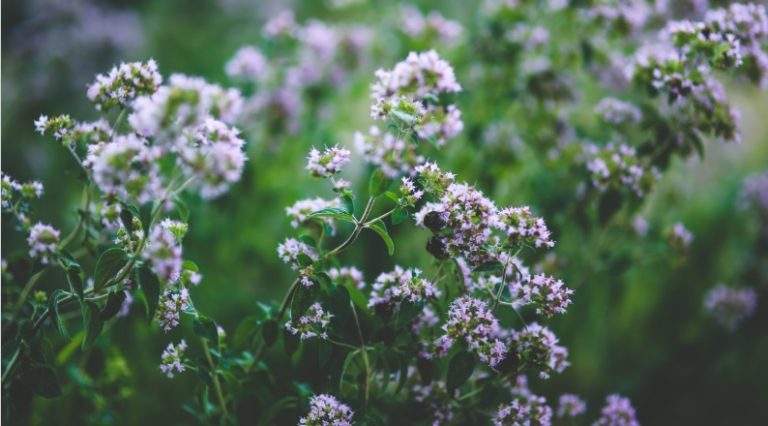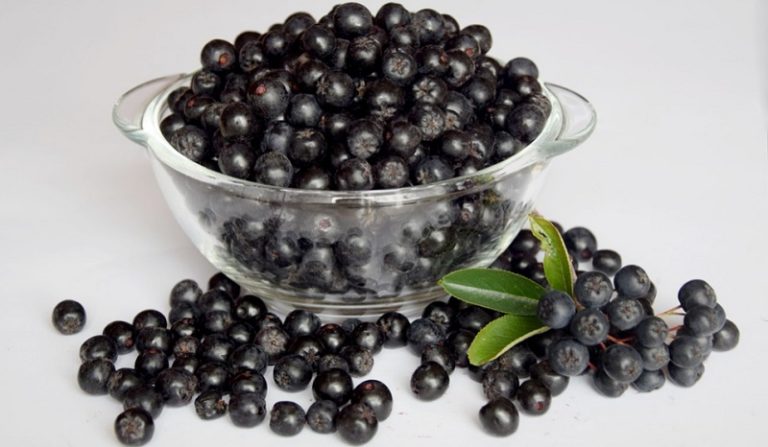Medicinal herbs: Echinacea purpurea
Echinacea has beneficial properties that help in the treatment of various diseases. With the help of echinacea, immunity is increased.
Echinacea purpurea (Echinacea purpurea) is native to North America, and it lives up to its name – its flowers have a beautiful purple color. There are other species of this plant: the most famous are narrow-leaved echinacea, and still pale purple, but it is Echinacea purpurea that is most often used.
Today, echinacea is cultivated in Ukraine as a medicinal and ornamental plant. For medicinal purposes, its flowers, leaves and roots are used.
Composition and useful properties of echinacea
The immunomodulatory properties of echinacea are due to the fact that it contains many biologically active substances. These are polysaccharides, essential oils, glycosides, saponins, resins, organic acids (including polyunsaturated fatty acids) and phytosterols, alkaloids, tannins; phenolic acids – have antiseptic properties; Polyenes are substances that destroy many types of fungi.
The roots and rhizomes of the plant contain inulin, glucose, essential oil, resins, betaine – a substance whose properties prevent the development of heart attack and stroke; phenol, carboxylic acids that strengthen the immune system and have diuretic properties.
In all parts of echinacea , there are a lot of minerals, including rare ones, which we often lack in our diet: these are calcium, potassium, selenium, manganese, zinc, molybdenum, silver, cobalt, chlorine, iron, aluminum, magnesium, vanadium, barium, beryllium, nickel.
Echinacea has anti-inflammatory, antifungal, antiviral, anti-allergic, antirheumatic and immunomodulatory effects.
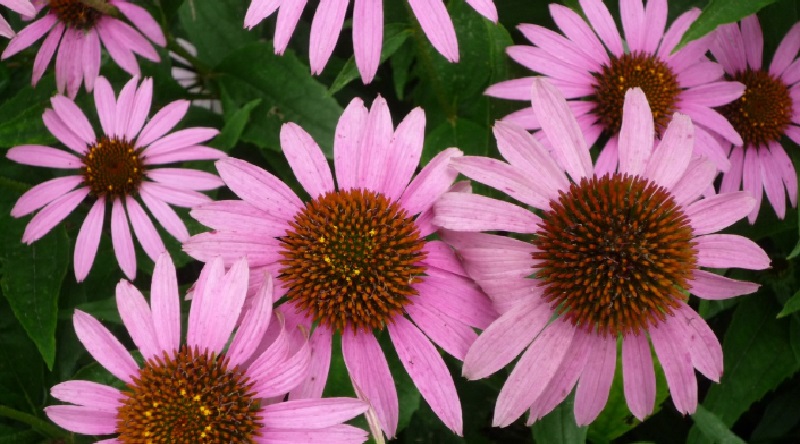
Use and treatment of echinacea
Echinacea preparations can be prescribed even to children at an early age – from 2-3 years old. It is used for colds, flu, ear infections, bladder diseases, mononucleosis, infected blood; liver diseases, chronic inflammatory processes, diabetes mellitus; consequences of exposure to chemicals – insecticides, pesticides, fungicides, heavy metals; after chemotherapy and radiation therapy, antibiotic treatment.
For skin diseases and problems, echinacea is used externally: for herpes, eczema, urticaria; boils, abscesses, wounds, burns, insect bites.
. . . . . .
Lotions are made from a decoction of echinacea: for psoriasis, snake bites, streptococcal infections.
Strengthening the immune system, echinacea can also destroy some viruses and bacteria: for example, its extracts delay the reproduction of influenza, stomatitis and herpes viruses, Escherichia coli, staphylococci and streptococci. This suggests that the plant can really be considered a unique natural antibiotic.
Excellent results are given by echinacea preparations for female diseases, prostatitis, osteomyelitis, polyarthritis, diseases of the upper respiratory tract.
The composition and action of Echinacea purpurea have been studied quite well, but still not completely.
The most famous is the action of polysaccharides – starch, cellulose and hemicellulose, inulin and pectin. They help the body fight viruses and cleanse tissues of affected cells, as they stimulate the production of T lymphocytes and increase the activity of white blood cells.
Polysaccharides provide our cells with protection against infection: they surround them, preventing bacteria and viruses from penetrating inside. This is the same action, which is called immunostimulating; Polysaccharides also accelerate tissue regeneration. The polysaccharide echinacin increases immunity to bacteria and viruses, destroys fungi and microbes, suppresses inflammation, reduces pain and accelerates tissue healing.
Thanks to caffeic acid glycosides, echinacea significantly speeds up recovery from infectious and viral diseases. Caffeic acid and its derivatives in general are characterized by high biological activity – above all, they have an antioxidant effect, as well as an anti-carcinogenic one – they can even delay the development of metastases; destroy fungi and mold; reduce toxin levels.
Oxycinnamic acids contained in echinacea work as independent active substances, also have a pronounced antimicrobial and anti-inflammatory effect, improving the functioning of the kidneys and liver; They also reduce the amount of nitrogen metabolism products in the blood, and thereby prevent the development of chronic diseases.
Echinacea prevents the destruction of hyaluronic acid, which fills the space between cells and blocks the spread of bacteria and viruses. Inulin also destroys viruses and helps to increase the activity of leukocytes.
As you can see, the effect of echinacea is quite extensive, and the possibilities for combating diseases that this plant opens up are still being carefully studied.
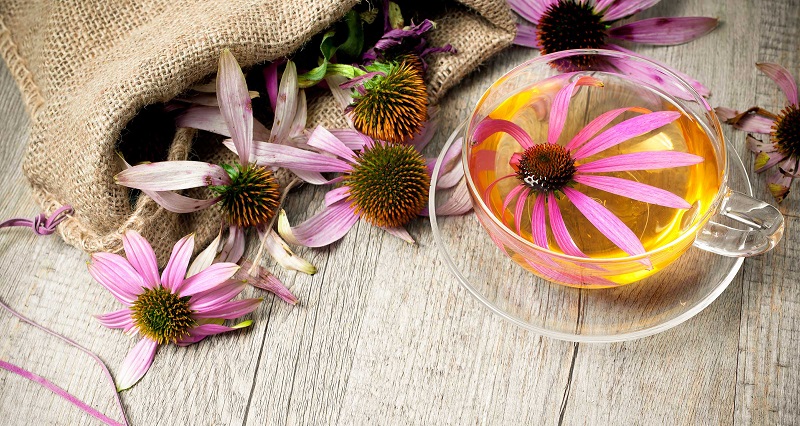
Folk recipes for echinacea treatment
Echinacea is taken in different forms. Tea from it helps with flu, colds, inflammation; after serious illnesses, antibiotic treatment, operations; for eczema, ulcers and abscesses.
Fresh echinacea flowers (3 pcs.) or raw materials from its crushed roots and leaves (2 tsp) are poured with boiling water (0.5 l) and insisted for 40 minutes. For the prevention of diseases, drink a glass a day, if you are already sick – at least 3 glasses a day, in addition to the main treatment. This tea rejuvenates, slows down aging and cleanses the body.
Lavender comes in pink, purple, white, and even yellow.
A decoction of echinacea is also drunk for flu and colds, but it also has other healing properties: it has a therapeutic effect on edema, headaches and joint pain, stomach ulcers; improves vision, stimulates appetite, normalizes blood pressure; It has a tonic and tonic effect.

